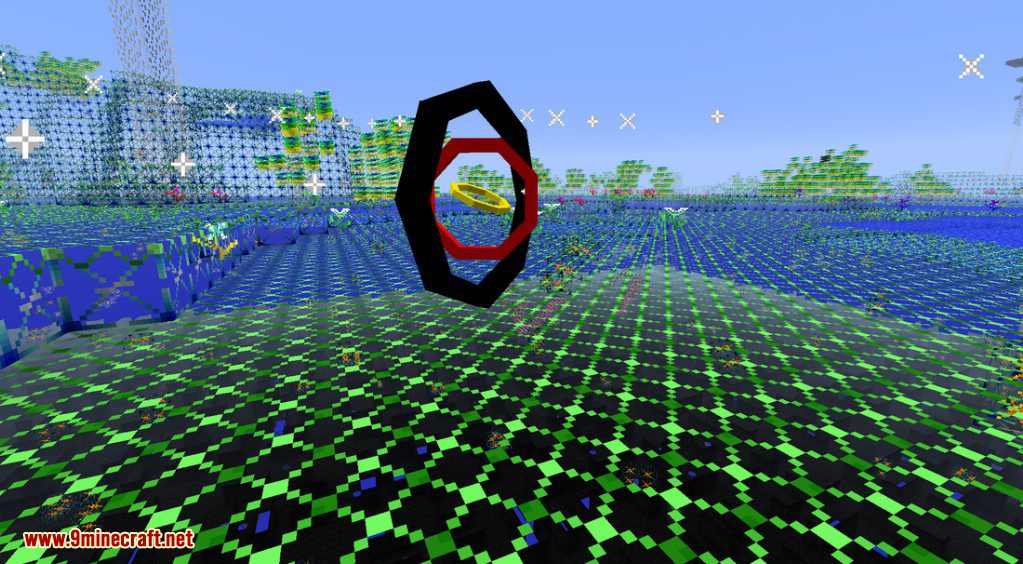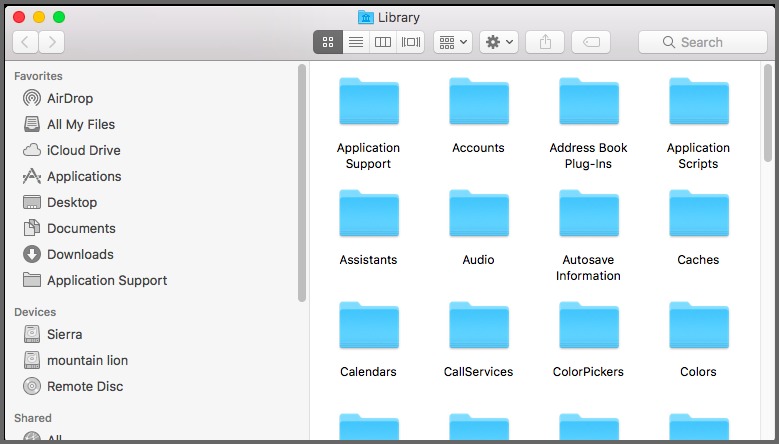How To Go Into Library Mac
- With the release of Mac OS X Lion way back in 2011, Apple removed easy access to the user’s Library folder. Although arguably well-intentioned, this change was frustrating for longtime Mac power.
- Jan 05, 2020 If you want your Mac's photos to wirelessly sync to all your other iOS devices and computers, you want to set up iCloud Photo Library: Apple's photo sync service lets you back up your images on all your devices, as well as access them — online or offline — on said devices.If you're willing to pay for the extra iCloud storage space, you can store an incredible amount of photos and videos.
- Jan 12, 2020 It's not clear why Apple decided to hide the user's Library folder, but you have multiple ways to get it back: two Apple provides (depending on the version of OS X you are using) and one in the underlying file system. The method you use depends on whether you want permanent access to the Library folder or only when you need to go there.
Oct 03, 2018 As of Mac OS X Lion (10.7), the Library folder in your home folder is hidden by default. That doesn’t mean you can’t get to it. To temporarily show the Library option on the Go menu, open. Dec 19, 2016 Well, it’s the place where Mac power users cannot skip or avoid. It’ll contain preferences, files, cache, application support data and much more. But, for an ordinary or casual user, it should say that there is no space for them. Moving User Library Folder into Favorites in mac Sierra: Method 1. Open your Finder Menu. Select Go- Go to. The default behavior of Lion is to hide your user Library folder. To get to it Option-click the Go Menu in the Finder and choose Library. crarko adds: OK, Apple that's kind of crazy.Holding down the Option key with the Go menu selected causes 'Library' to appear in the list. Sign in to iCloud to access your photos, videos, documents, notes, contacts, and more. Use your Apple ID or create a new account to start using Apple services.
How To Library In Mac
Photos User Guide
Import your photos and videos into your photo library so you can organize and edit them with Photos. You can import photos and videos in a variety of ways:
Using iCloud: Turn on iCloud Photos on your Mac and other devices (such as iPhone, iPad, and Apple TV) to access your entire library automatically. See Use iCloud Photos to store photos.
By syncing your Mac with an iPhone or iPad: If you don’t use iCloud Photos on your Mac, you can sync your Mac and a connected iPhone or iPad to transfer photos. See Sync photos between your Mac and iPhone or iPad.
From cameras or mobile devices: Connect a camera, iPhone, iPad, or other mobile device and import photos and videos from the device. See Import photos from a camera or phone.
From storage media: Import photos or videos saved on a hard disk or other storage device. See Import photos from hard disks, DVDs, and other devices.
From other apps: Import photos and videos sent to you in an email or text message, or downloaded from Safari. See Import photos from Mail, Safari, and other apps.
By default, imported photos are copied into the Photos library. If you prefer, you can store photos and videos outside the Photos library—for example, in a folder on your Mac or on an external hard drive—and still view them in Photos. If you ever need to move content stored outside the library into your Photos library, you can do that, too. See Change where Photos stores your files.
Note: iCloud Photos doesn’t manage photos and videos stored outside the Photos library.
Learn how to access the hidden Library folder in your Home folder on your Mac so you can tweak app settings and access app files.
Inside the home folder on your Mac is a Library folder that stores app-specific files and settings, personal settings, and some data. The files and settings in the Library folder should be left alone for the most part. But, you may want to tweak the settings for an app, which may require accessing the Library folder. Or, maybe an app backs up data to the Library folder and you want to copy that to an external drive.
As of Mac OS X Lion (10.7), the Library folder in your home folder is hidden by default. That doesn’t mean you can’t get to it. It’s hidden so you don’t accidentally delete settings and data, damaging apps in the process. So, if you decide you want to access the Library folder, be very careful.
Today we’re going to cover different ways of accessing the hidden Library folder in your home folder and how to make it permanently available in Finder.
What is the Path to the Library Folder?
The Library in your home folder is written as ~/Library. The tilde (~) character is a shortcut for your home directory. For example, on my Mac, that would expand to /Users/lorikaufman/Library.
Access the Library Folder Using the Go to Folder Option
If you want to access the Library folder only occasionally, you can use the Go to Folder option in Finder.

Open Finder or just click on the desktop. Head to Go > Go to Folder, or hit Cmd + Shift + G.
Type:~/Library in the Go to the folder box on the dialog box and click Go or press Enter.
If you have one or more Finder windows open, the Library folder opens in the currently active window. If no Finder windows are open, a new one opens to the Library folder.

Access the Library Folder Using the Terminal
If you prefer using the command line, you can access the Library folder using the Terminal.
After the move is finished, double-click Photos Library in its new location to open it. How to transfer photo library from mac to external hard drive. 2. If it's not selected, click to unlock it, enter an administrator name and password, then select the checkbox.
Go to Utilities > Terminal in the Applications folder. To access the Library folder directly in the Terminal, type:cd ~/Library at the prompt to switch to the Library folder.
You can type:ls at the prompt to get a detailed folder listing. You can work with the files in the Library folder directly on the command line. Just be careful.
You can also use the Terminal to open the Library folder in a Finder window. Type:open ~/Library at the prompt and hit Enter.
Access the Hidden Library Menu Option in Finder
How To Go Into Library Mac Torrent
The Library folder is available on the Go menu in Finder, but it doesn’t show on the menu by default.
To temporarily show the Library option on the Go menu, open the menu and press the Option key. The Library folder shows up between Home and Computer on the Go menu. Keep the Option key pressed while you move your mouse down the menu and select Library.
Library On Mac
If you’re using a Windows keyboard with your Mac, press the Alt key.
Show the Library Folder Permanently in Finder
If you access the Library folder often, you can permanently show the Library option on the Go menu and the Library folder in your Home folder.
Open Finder and head to your Home folder using the left pane or by pressing Cmd + Shift + H. Then, go to View > Show View Options, or hit Cmd + J.
A dialog box displays with options you can set for your Home folder. Check the Show Library Folder box at the bottom of the dialog box. The Library folder now shows up in your Home folder in Finder windows and the Library option becomes permanently available on the Go menu.
When you permanently show the Library folder in Finder, you can hit Cmd + Shift + L to open it in a Finder window, in addition to selecting the Library option on the Go menu.
If you have more than one Photos library—and the one you're using isn't set as the System Photo Library—the Media Browser won't show its contents.Follow these steps to designate the current library as the System Photo Library:. The Media Browser shows only the contents of the Photos library designated as the. Choose Photos Preferences. Click the General button at the top of the Preferences window. Why do i have two photo libraries on my mac.
Happy Tweaking, But Be Careful
The Library folder is hidden by default for a good reason. So, before tweaking settings and changing files in the Library folder, make sure you know what you’re doing.